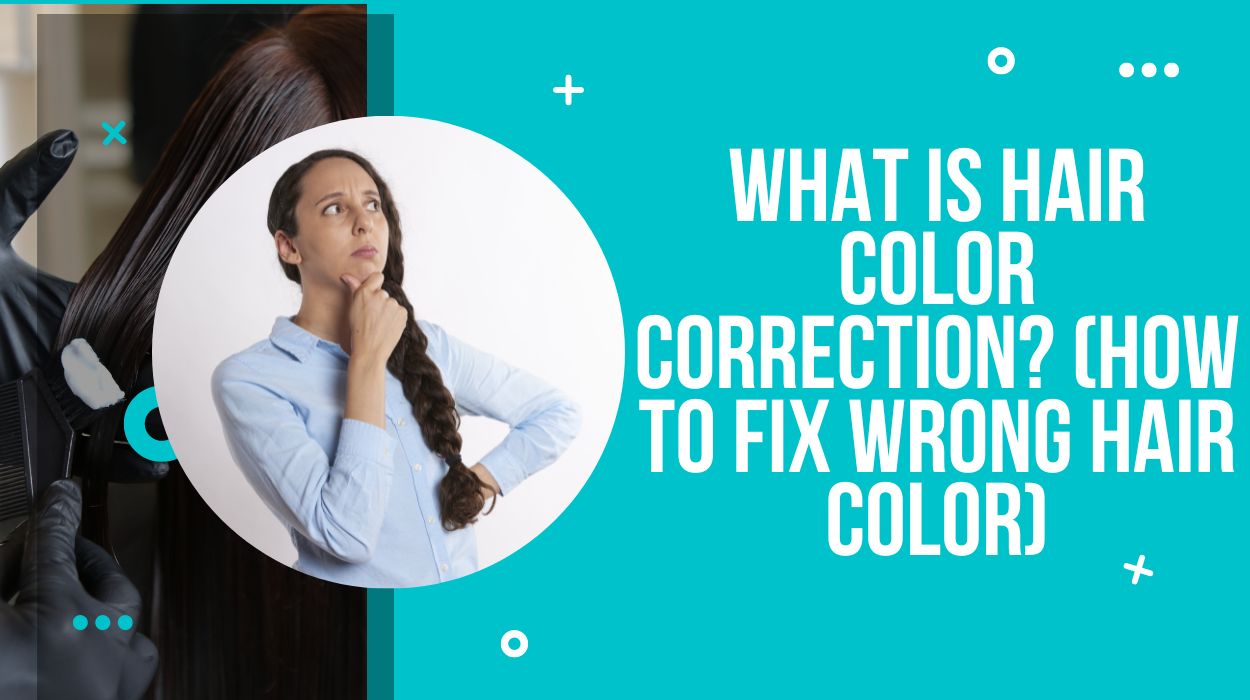Have you ever had a hair experiment go wrong? After months of careful consideration, you make up your mind to hit the salon and get your hair dyed in your favourite shade.
It all ends up going to waste when you return disappointed. You hate the results.
Isn’t it reassuring to know that there are ways to reverse or modify the effects professionally and at home?
Hair color correction is a process that can save your hair by modifying them into a new color. It could either be blending undesirable brassiness (unwanted warm tones after dying hair). It could be dyeing your hair even darker or bleaching it to get a lighter result.
So lean back and let us tell you how soon you can get it done, how long it takes, how much it’ll cost and what it’s going to be like doing different types of corrective services.
When You Can Get Hair Color Correction Done?
We know no one likes walking around with poorly colored hair and you want to switch on the damage-control mode as soon as possible. Hold your horses though. There are plenty of things to consider. You should pull through for a few weeks if you don’t want to cause further damage to your hair.
Your best bet is an appointment with a professional hairstylist. They’ll be able to determine how much can be salvaged and come up with a fool-proof way of color correcting your hair. They know the color formulations that need to be applied to your hair. They will explain the steps that need to be taken.
What questions would your hairstylist ask during the correction appointment?
- Have you colored your hair before and how many times have you done it?
- How often have you used chemicals on your hair?
- What products or color lines have been used on your hair before?
- Are there any known allergies related to hair coloring products?
- When did you have your last haircut?
- Are you willing to compromise hair length if need be?
- Do you have the time and money it takes for multiple sessions of hair color correction?
Keep these in mind for when you head in for the appointment.
How Long Would It Take?
The entire process is likely to be spread out in weekly sessions throughout a month or two. This again depends on how much damage has been done and what kind of results you’re after.
Hair color correction is sometimes a very demanding process, especially if you have fragile hair. A professional would be able to give you a better idea of this after an assessment of your hair.
Things to consider:
- Hair texture
- Hair length
- Hair history
- Hair volume
- Permanency of hair color
- Type of toner to use
All these things play a part in determining the time of the entire process.
How Much Can You Expect To Spend?
In short, it’s going to be expensive. Hair color-correcting sessions could take up a hairstylist’s entire day. These sessions required focus and patience. This means that they’ll look after a lesser amount of other clients that day. A stylist might need to use huge amounts of product to do justice to your hair.
Try to book a consultation session before a correcting session. You might find that you don’t need a full-blown hair color correction session after all. Save yourself time and money.
Types Of Color Correction For Different Hair
1. Hair Color Is Too Dark
Sometimes you end up dying your hair a shade darker than you required. It could also be accumulated hair color that combined and gave you a darker shade.
The answer is very simple, bleach it. Do not go in all at once. During one sitting your hair should only change two tones.
2. Hair Color Too Light
Light hair colors are lacking warm red and yellow pigmentation. If you apply a dark dye to light hair, it’s most likely to appear very dull in color and slightly green.
Pre-pigmentation: you start adding warm tones to your hair before ever applying the actual dye. This prevents your final result from being dull and gives you the color that you were hoping for.
3. Yellowish Hue In Blonde Hair
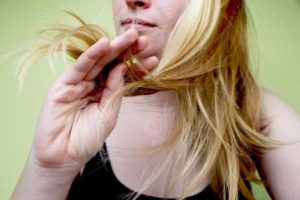
Sometimes bleached blonde hair develops a scruffy yellow tint that looks tacky. Darker base hair turned blonde is more susceptible to it.
This can happen if you’re using the wrong products or when you’re overdue for a bleaching session. This could also happen because of pollution.
According to color theory, the opposite of yellow is purple, and that is exactly what your hair needs. The answer lies in neutralising the warm tones. Purple shampoo or purple ash toners can be your best friends.
4. Orange Brassy Tones

This bizarre warm orangish tone can be a nightmare for those with dark hair.
This can happen because of the warm tones in your bleached or highlighted hair.
Blue tinted hair products can wash out the brassiness. Using cool tinted hair shampoos and conditioners along with neutralising products could help maintain the shine of the hair.
5. Blonde Hair That’s Too Ashy
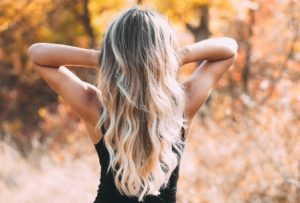
Some people love the ash blonde look that cooler tones provide however some do not. Sometimes it depends on the skin tone of an individual.
The problem could be a toner that’s too ashy. It’s hard to see the actual color while the hair is wet, after turning dry you’ll see the actual results.
A few washes can neutralise the effect. However, if you wish to fasten the process you can use a deep cleansing shampoo. Do not put warm toner in your hair, it could make your hair look dull.
6. Patchy And Spotty Hair Color
You wanted even color throughout but the color stuck to some parts better than others. You’re left with patches and spots all over your hair length.
A quick fix would be to style your hair in a way that hides the spots. If you want a long term solution you should go pay a visit to a salon that specializes in hair color correction. Bleaching could be a part of the process so try and prepare yourself for the aftercare.
7. Bad Highlights
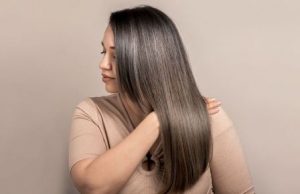
Yellowish, stripe-like, bulky highlights usually indicate a bad job done on the stylist’s part or a job done at home.
For a quick fix, you can use a semi-permanent dye. You can also use a tinted dry shampoo to blend out the highlights. Try using your base hair color at the roots of your hair to make the highlights blend in. We recommend going to the salon for a more permanent solution.
8. Uneven Hair Color
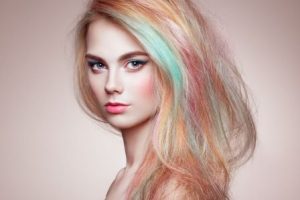
The common problem with dying hair at home is that the parts of your hair that might be naturally light, catch onto the dye more easily. This results in an uneven intensity of vibrance in hair.
Wash your hair with a clarifying shampoo as soon as you can. This wouldn’t solve your problem entirely but bring you one step closer to it. The next step would sound a little risky. Use the previously used hair color but not for as long as you did before. Apply it on both the lighter and darker sections. Finally, buy a shade darker than the used color and apply it to your hair for correction.
9. Color Fading Away
This is the most common problem people face after dying their hair. It’s only natural for the dye to fade out. However, you can slow down the process and maintain the lustre of your locks for longer.
Toners help lock in the dye and help you retain the vibrancy of your hair. Try to neutralise your faded hues with the help of purple shampoo. You can consult your stylist for a color-refreshing session. It’s a process with semi-permanent results. It makes your present hair colors more vibrant.
Aftercare

No type of hair dyeing job is complete without aftercare and that includes hair color correction.
Your stylist would recommend shampoos and conditioners that are hair-dye safe and save your hair from the dry frizzy locks that often appear after applying hair dye or bleach.
Remember to do a deep conditioning session every week and pop into a hair salon for touch-ups whenever necessary.
You May Also Like To Read:
The Best Organic Shampoo In India
How To Do Hair Spa At Home In 4 Easy Steps?
Ways to Tame and Get Rid of Frizzy Hair
Takeaway
Now you know everything from lightening dark hair, darkening light hair and fixing badly done highlights or even uneven color patches. Be confident that one way or the other, your hair will look good again.
It might be an expensive and taxing process for some but in the end, the shine of your newly fixed hair makes everything worth it.
Do you think you can color correct at home or at a salon is your safest bet? What other issues have you experienced after a hair-dye job gone wrong?
We’d love to know what you think!

